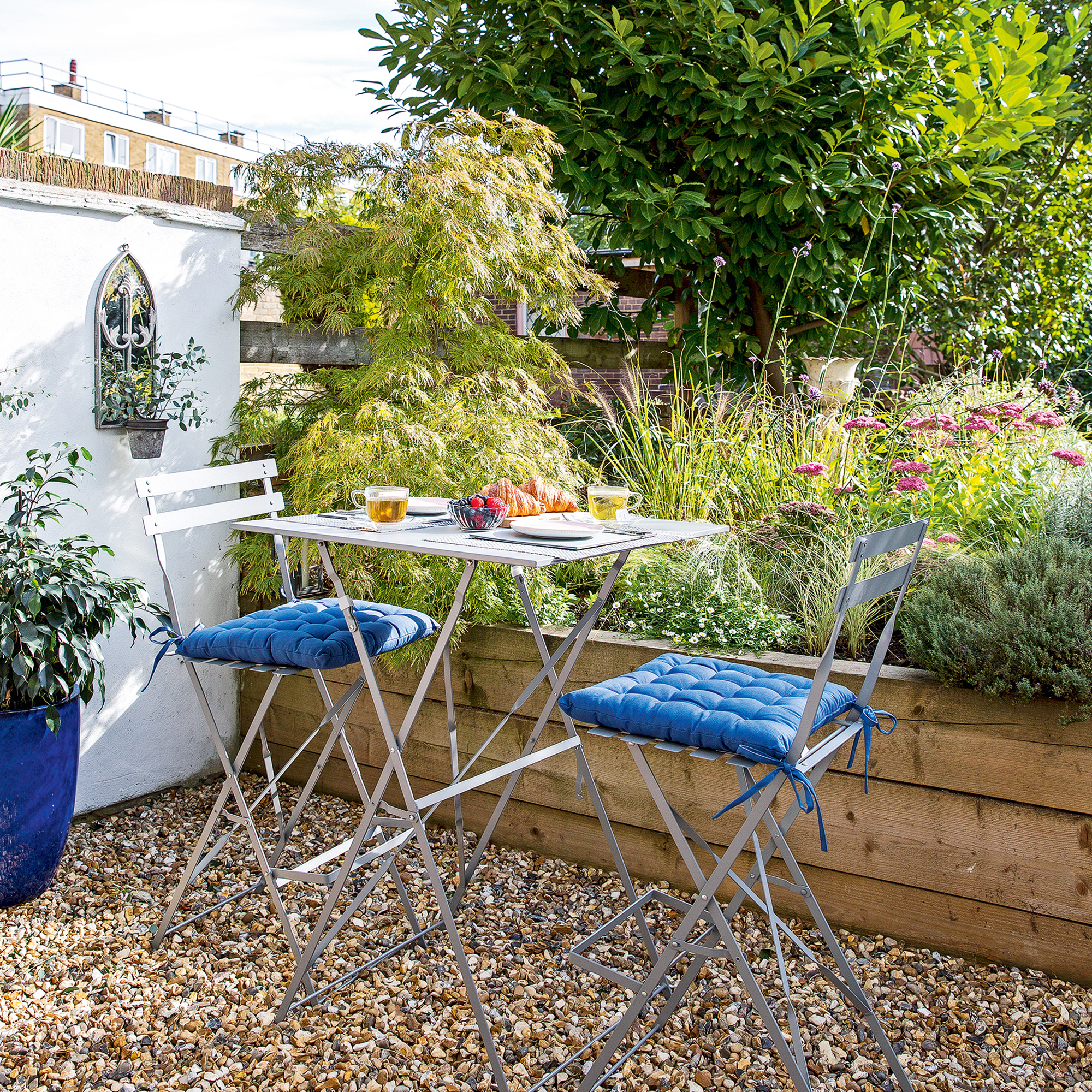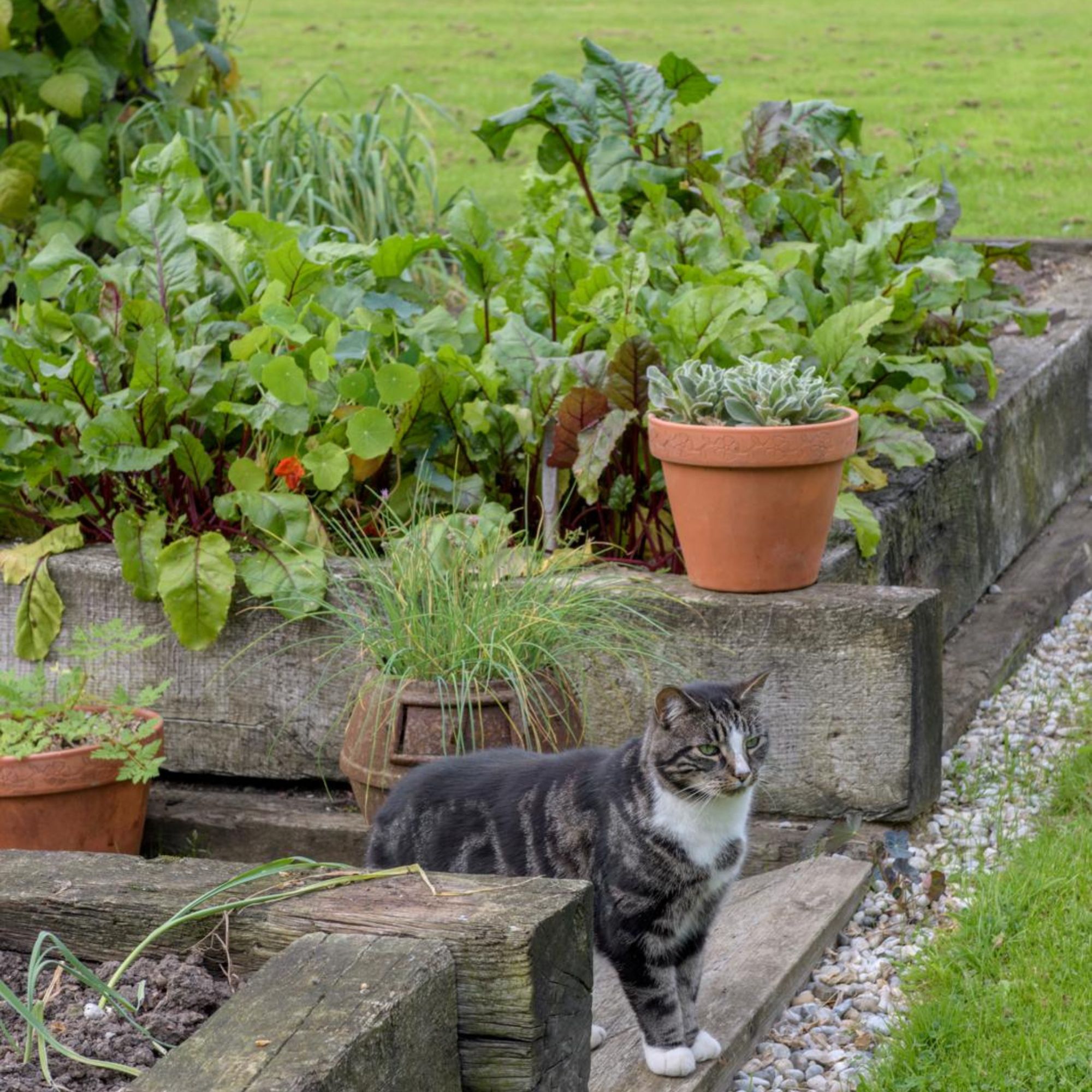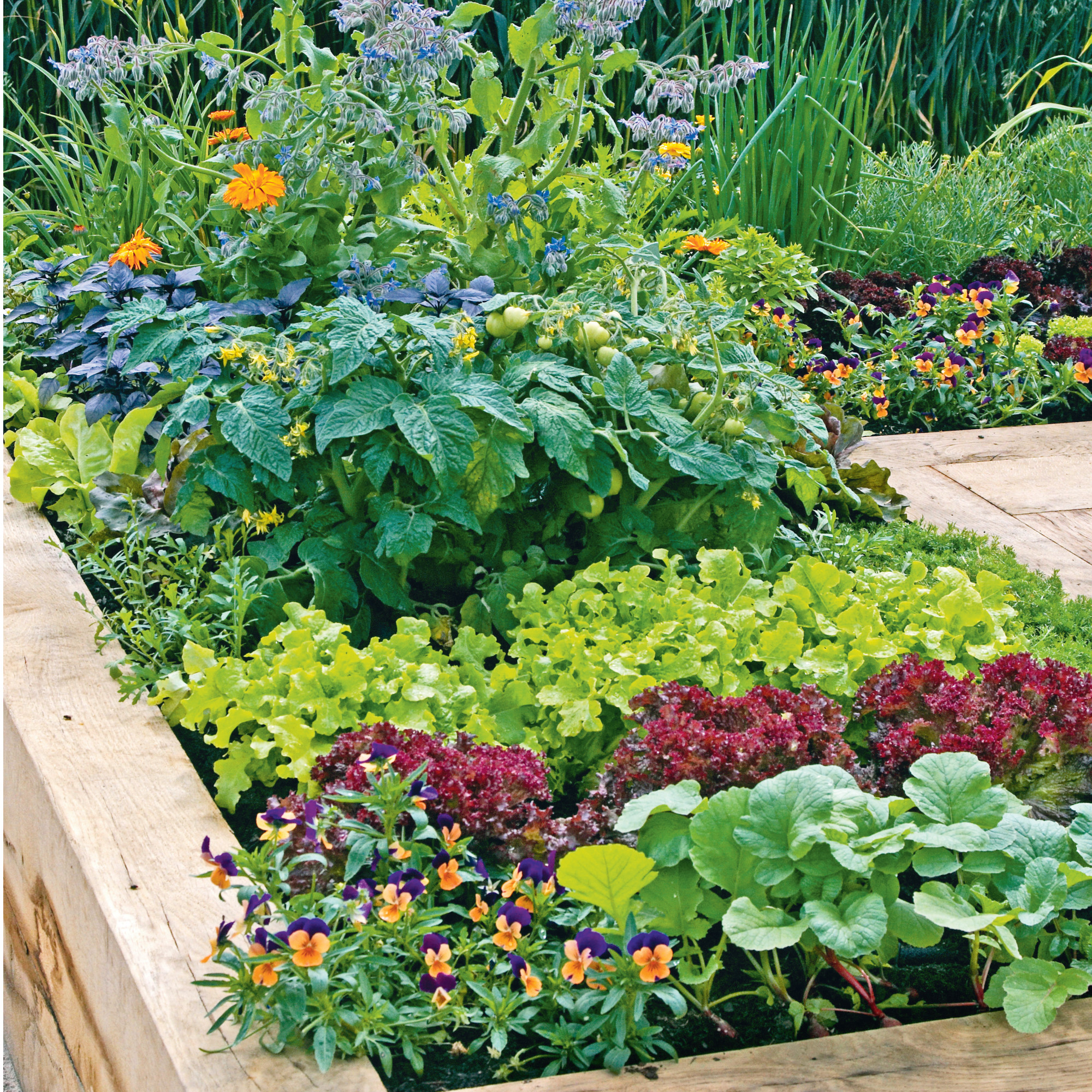
If you love the idea of building a raised garden bed but hate the high price tag associated with it, you might be happy to know that you can very easily cut costs. In fact, you can fill a raised garden bed for free.
No, you don’t have to remortgage your house to grow your own fruits and vegetables in your garden. While raised garden beds are a great way to utilise extra growing space (even when you have poor-quality soil), they’re often incredibly wide and deep. Because of this, most people assume that they have to spend a small fortune buying bags upon bags of compost from the garden centre.
That’s not the case, however. With these free soil alternatives (and a little extra soil from elsewhere in your garden), you can fill a raised garden bed without spending a penny.
How to fill a raised garden bed
‘It can take a lot of material to fill a raised bed, much more than you may think,’ explains Darren Stephens, Head Chef and Kitchen Gardener at Bishopstrow Hotel. ‘Rather than reaching for pricey bags of topsoil or compost, consider tapping into the wealth of organic matter available for free, which can ultimately yield much more nutrient-rich soil, far superior to anything store-bought.’

1. Use homemade compost
If you currently throw away your potato peelings and grass cuttings, you’re missing out on some serious freebies. Yes, it’s incredibly easy to make your own compost, and you can use it to feed everything from your garden borders to your decorative flower planters and your raised garden beds.
Steve Chilton, garden expert at LeisureBench says, ‘You can make your own compost bin by mixing garden waste and kitchen waste and letting it rot down. Garden waste, such as grass cuttings, leaves, and other debris, is perfect, while kitchen waste, such as fruit peels, fruit and veg scraps, bread, coffee grounds and even tea bags. This will help provide plenty of nutrients for your plants and will greatly fill up your raised planters.’
And you don’t need a huge amount of space to make this compost, either. If you have a small garden, you can take advantage of the best hot composting bin for small gardens.
2. Use old newspapers
Yes, we know that physical newspapers aren’t as common as they once were. But if you’re a purist who loves to buy the Sunday paper from your local newsagents, you’ll be happy to know that you can use it to fill a raised garden bed. When you’ve finished reading it, of course.
While it won’t necessarily provide your tomatoes or garden herbs with nutrients, the newspaper can limit how much soil you need to buy from the garden centre.
‘Newspaper is a great addition to a raised garden bed and works as a filler,’ says Steve, ‘I recommend dampening the newspaper before you include it, although it should get wet enough once you water your plants.’

3. Cardboard
Whether you’ve just moved house or you get a regular food box delivery, there’s a high chance that you have a huge collection of cardboard in your home. And while you could certainly pop it in your recycling bin for the council to collect, why not recycle it yourself?
Cardboard is a great way to fill up the space in your raised garden bed, but it also serves a handy purpose to protect your produce and prevent weed growth.
Steve explains, ‘I recommend placing a few layers of cardboard at the bottom of your raised bed as not only does this fill up the bed, but it helps to prevent weeds from growing and too much moisture from escaping. Just shred up some pieces or use cardboard from small boxes that fit in your garden bed correctly.’

4. Wood waste
You probably have a lot of wood waste readily available without realising it. In fact, you might have spare logs in your shed or a whole load of loose sticks sitting on your lawn. If that’s the case, you can use this wood waste to fill a raised garden bed.
Steve says, ‘Things like sticks, logs and wood chippings are great to fill up a raised planter. If you only have large logs, cut them down into smaller bits.’
This idea is echoed by Darren, who says, ‘If your raised bed is deep, line the bottom with twigs and branches. This will provide great drainage and improve the mycelium level. Over this, you can spread soil from elsewhere in the garden. Be careful to choose this from places where it won’t be missed.’

5. Use a combination of green and brown waste
Yes, we may have already mentioned green and brown waste, but it’s important to note just how effective this stuff can be when you’re trying to fill a raised garden waste - especially if you use them together.
Darren explains, ‘Try layering the bed with ‘green’ and ‘brown’ waste. Green waste is high in nitrogen, such as grass clippings or used coffee grounds, while brown waste is high in carbon, like sawdust, wood shavings, shredded newspaper, or cardboard.’
‘The mix of the two will create heat and ‘cook’ your ‘lasagne’, breaking down all the matter and turning it into compost. You can also add food scraps (but not actual lasagne, only vegetable or fruit waste). Even humble fallen leaves, shredded up with a lawn mower, while not high in nutrients, add great substance.’
‘It may take patience for the raised bed to undergo its transformation, but it will cost a lot less and champion sustainability.’
FAQs
What should I fill my raised garden bed with?
Most experts would agree that a raised garden bed should be filled with a mixture of organic matter (such as garden waste and fruit and veg scraps) and topsoil. However, you don’t necessarily need too much topsoil. In most cases, 20% topsoil should do the trick.
If you wanted to, you could also layer the bottom of the raised garden bed with the likes of sticks, cardboard, or even some sand. This will help to improve drainage.
What do you put in the bottom of a raised garden bed?
Organic matter is ideal for the bottom of a raised garden bed. This will provide your crops or plants with essential nutrients while also being a very cheap filler. In fact, you could use your own homemade compost or organic waste.
So, how will you be filling your raised garden bed?







